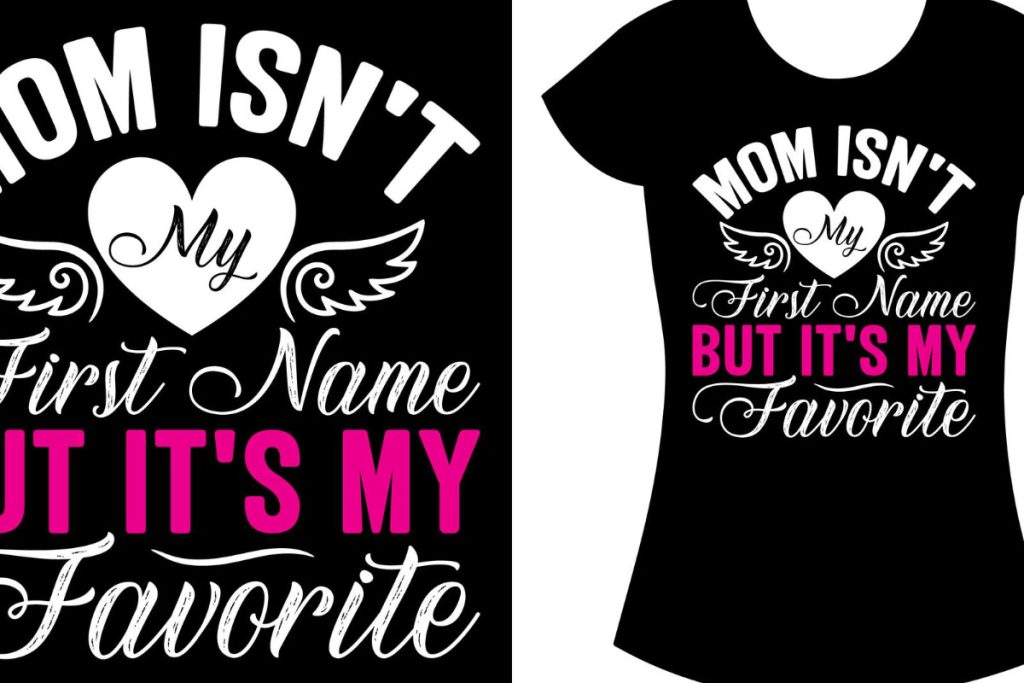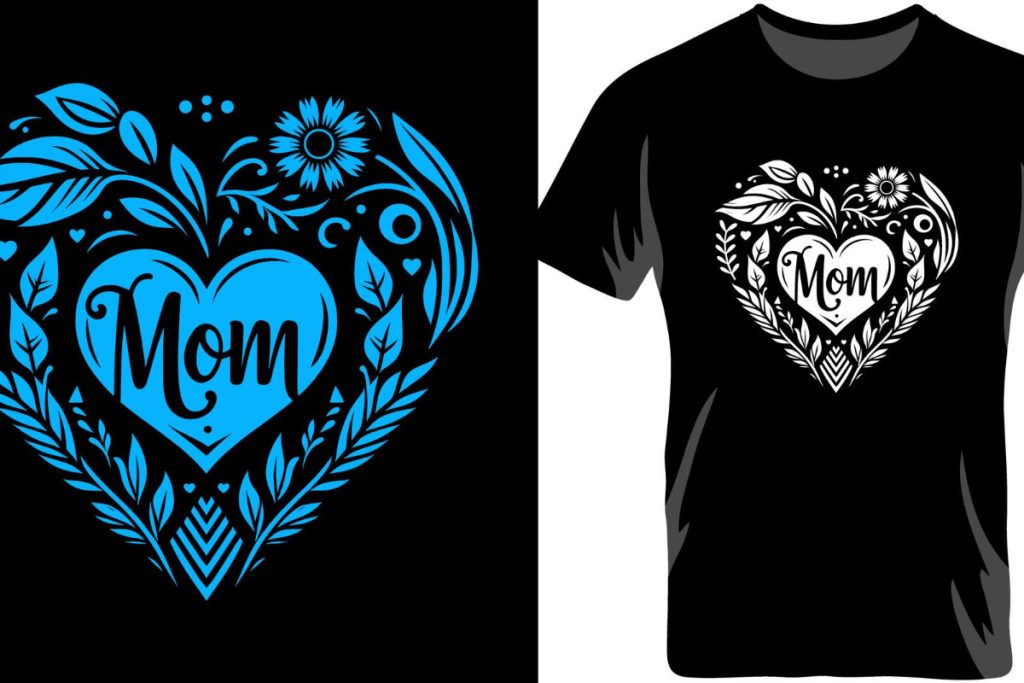DTF transfers, or Direct-to-Film printing, represent a revolutionary advance in the world of custom apparel production. This modern printing technology is reshaping how designs are transferred onto fabric, delivering vivid colors and intricate details that appeal to consumers looking for personalization. As sustainable printing practices gain importance with environmentally-conscious buyers, DTF transfers demonstrate a commitment to minimizing waste and enhancing efficiency. The DTF printing growth reflects a broader trend toward customization and short-run productions, allowing businesses of all sizes to meet consumer demands without compromising quality. With such compelling advantages, it’s clear that DTF transfers are not merely a passing fad, but a central pillar of the future of printing for custom apparel.
In exploring the future of custom garment decoration, Direct-to-Film transfers have emerged as a key player in contemporary printing methods. This innovative technique combines precision printing with sustainable practices, making it an increasingly popular option for those in the custom apparel sector. Similar to digital printing but utilizing a unique transfer film, this process allows for high-quality reproductions of detailed designs on a variety of fabrics. As the market witnesses an undeniable upsurge in DTF printing adoption, awareness of its efficiency and ecological benefits is prompting businesses to pivot towards this modern printing technology. Enhanced by the ability to produce rapid, personalized designs, DTF printing is paving the way for a new era in the printing industry.
Understanding DTF Transfers: Key Features and Benefits
DTF Transfers, or Direct-to-Film transfers, represent a revolutionary shift in printing technology that enables a seamless application of intricate designs on various fabrics. The process starts with high-quality inks being printed onto a special film that, when heat-pressed onto textiles, transfers vibrant colors and detailed graphics that are both durable and appealing. Compared to traditional printing methods, DTF transfers eliminate several steps while enhancing the visual quality of custom apparel, making it an attractive option for businesses focused on delivering unique products.
Moreover, DTF printing technology excels in its compatibility with a wide range of materials. From cotton to polyester and blends, DTF transfers allow for exceptional adaptability. This versatility makes it an ideal choice for various applications, including fashion, sportswear, and corporate branding. The ability to cater to different fabrics while maintaining high-quality output positions DTF transfers as a standout solution for businesses in the custom apparel sector.
The Rising Popularity of DTF Printing in the Custom Apparel Market
In recent years, the demand for DTF printing has surged, especially within the custom apparel industry. As personalization becomes increasingly important to consumers, businesses are rapidly adapting to meet these changing preferences. DTF transfers present an advantageous solution due to their ability to produce high-resolution, eye-catching designs efficiently. This growth in demand signifies a broader trend towards customization, where businesses can quickly turn around orders without compromising quality.
The rise of DTF printing correlates with the emergence of e-commerce platforms that thrive on personalized products. Entrepreneurs and established businesses alike are leveraging this technology to stay competitive and meet consumer desires. As the DTF market continues to expand, its adoption reflects an industry’s shift towards more innovative printing solutions that resonate with modern buying behaviors.
DTF Transfers and Sustainability: A Green Printing Solution
As sustainability becomes a critical consideration for consumers and businesses, DTF transfers stand out for their eco-friendly attributes. Traditional printing methods often consume excessive resources and introduce harmful chemicals into the environment. In contrast, DTF printing uses significantly less water and negligible quantities of hazardous solvents, creating a more sustainable process. This not only satisfies regulatory standards but also aligns with the values of today’s environmentally conscious consumers.
Many printing companies are capitalizing on this shift by adopting sustainable practices, enhancing their brand reputation in the process. As businesses increasingly prioritize green initiatives, integrating DTF technology can serve as a competitive advantage in the market. The potential for reduced waste and a smaller carbon footprint solidifies DTF transfers as a responsible choice for custom apparel manufacturers aiming for sustainability in their operations.
Cost-Effectiveness of DTF Transfers: Breaking Down Financial Barriers
Cost-effectiveness is a key factor that drives businesses towards adopting DTF transfers. Traditional printing methods often require substantial initial investments in equipment and setup, which can be prohibitive for small businesses or startups. DTF technology, on the other hand, offers a lower barrier to entry, allowing new players to enter the market without bearing overwhelming financial burdens. This affordability makes DTF printing accessible to a wider range of entrepreneurs, encouraging innovation and competition.
Moreover, the operational efficiency provided by DTF transfers can significantly lower production costs. The quick turnaround time associated with this method means that businesses can process more orders in less time, ultimately boosting profitability. The pursuit of short-run and customized orders can be met effectively through DTF, making it a financially viable option for companies aiming to meet escalating consumer demands.
Technological Advancements in DTF Printing: What to Expect
As technology continues to advance, DTF printing is expected to evolve rapidly, incorporating new features that enhance productivity and quality. Innovations such as automated processes and improved ink formulations will drive further transformation in the printing landscape. These advancements not only reduce production times but also enhance the vibrancy and longevity of prints, fulfilling consumer expectations for high-quality custom apparel.
The growth trajectory of DTF printing technology is closely tied to ongoing research and development within the printing industry. As more businesses recognize the potential of this method, investments in new technology will likely increase, leading to breakthroughs that push the boundaries of what’s possible with fabric printing. The future of DTF transfers is bright, promising advancements that will empower custom apparel creators to deepen their commitment to quality and creativity.
The Future of Printing: Why DTF Transfers Will Lead the Way
The future landscape of printing is being reshaped by transformations in consumer expectations and technological innovations, positioning DTF transfers at the forefront of this evolution. With a strong commitment to quality, versatility, and sustainability, DTF printing is set to become the standard in the custom apparel industry. As professionals seek to navigate the increasingly competitive market, the ability to offer unique and personalized designs at scale will be crucial.
Looking forward, the anticipated growth in DTF printing suggests that this technology will not only thrive but will also dictate the innovative directions the printing sector takes. Industry leaders and newcomers alike will have the opportunity to tap into the numerous benefits offered by DTF transfers, ultimately contributing to a future where high-quality, custom designs are readily available to consumers everywhere.
Frequently Asked Questions
What are the advantages of using DTF transfers in custom apparel?
DTF transfers, or Direct-to-Film printing, offer several key advantages for custom apparel, including vibrant colors, intricate detail reproduction, and compatibility with various fabric types like cotton and polyester. This printing technology ensures durable, wash-resistant prints, making it ideal for personalized fashion.
How does the DTF printing process work?
The DTF printing process involves printing a design onto a special film using high-quality inks. The film is then heat-pressed onto the chosen fabric, allowing for a wide array of colors and complex designs to be transferred efficiently and effectively.
Is DTF printing sustainable compared to traditional printing methods?
Yes, DTF printing is considered more sustainable than traditional methods such as screen printing. It uses less water and fewer harmful chemicals, aligning with the growing consumer demand for eco-friendly printing practices and reducing environmental impact in the custom apparel industry.
Why is the growth of DTF printing significant for the apparel market?
The growth of DTF printing is significant because it meets the rising demand for customization and short-run production. With its efficiency and cost-effectiveness, DTF technology is increasingly adopted by businesses, allowing them to cater to diverse customer needs in custom apparel.
Can DTF transfers be used on any fabric?
DTF transfers are versatile and can be applied to various fabrics, including cotton, polyester, and blends. This capability makes them suitable for a wide range of applications, from stylish t-shirts to sportswear, offering flexibility in custom apparel designs.
What does the future hold for DTF printing technology?
The future of DTF printing technology looks promising, with predictions indicating continual growth and innovation. As advancements make the printing process more automated and efficient, DTF transfers are expected to solidify their role in the custom apparel market.
| Key Point | Details |
|---|---|
| Introduction | DTF transfers are revolutionizing the printing industry, offering high-quality, vibrant prints for custom apparel. |
| What Are DTF Transfers? | A method where designs are printed on film and heat pressed onto fabric, allowing intricate designs and a range of colors. |
| Growth of DTF Printing | The DTF market is growing rapidly, driven by demand for customization and efficiency. |
| Versatility and Quality | DTF transfers can print on various fabrics and handle complex designs better than traditional methods. |
| Efficiency and Cost-Effectiveness | Quicker production times with minimal setup make DTF an appealing choice for businesses. |
| Sustainability in DTF Printing | DTF printing uses less water and harmful chemicals, appealing to eco-conscious consumers. |
| Adoption in the Market | Smaller printing shops are adopting DTF technology due to its low startup costs and ease of use. |
| Future Trends and Predictions | DTF printing is expected to become a staple as consumer demand for personalized products rises. |
Summary
DTF Transfers are shaping the future of printing, catering to the increasing demand for customization in the apparel industry. This innovative printing method offers unparalleled versatility, as it can effortlessly handle intricate designs on various fabrics like cotton, polyester, and blends. DTF Transfers stand out due to their efficiency, requiring minimal setup and allowing for quicker production times, which is essential for businesses handling custom orders. Furthermore, the eco-friendly attributes of DTF printing resonate with environmentally conscious consumers, enhancing its appeal in the market. As more businesses adopt DTF technology, it is clear that this printing solution is not a fleeting trend but rather a fundamental shift in the custom printing landscape, poised for sustained growth. As companies continue to leverage DTF Transfers, they will be well-positioned to thrive amidst evolving market demands.



